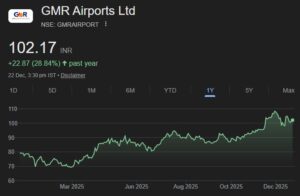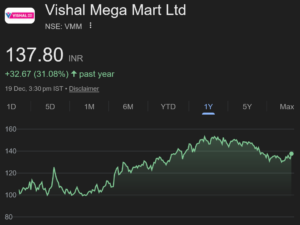

Now, the first point to note is that an investment in short-term debt funds makes immense sense in a scenario where interest rates are rising. Why? Because in this scenario, a fund holding long-dated securities will suffer a capital loss with every increase in the interest rate. A short-term debt fund is (relatively) immune to interest rate changes.
Now, the situation is the reverse because the RBI has started the trend of lowering interest rates. At this stage if you invest in long-dated securities, you stand to gain from capital appreciation every time the interest rates are lowered.
Then the question is why Gilt Funds and not just any long-term debt fund. The answer to this is given by Deepak Panjwani of GEPL Capital who says “A one basis point change in yield on a 30-year bond can change the price of the bond by 10 to 11 paisa, where as one basis point change in yield on a 10-year bond can change the price by 7 paisa“. So, Gilt Funds are ultra-sensitive to interest rate changes.
After that, the most important question is which is the best Gilt Fund to invest in. Here again, the answer is to go with the best performer on an annualized basis. IDFC G-Sec. Fund – Investment Plan is the number one in the category with an annualized return of 14.9% and a 6 month return of 7.3%. This Fund is also ranked No. 1 in the Gilt Long-term category by CRISIL. The best part is that there is no entry or exit load. So, if things don’t quite work out, you can switch with no cost.
The one point worth noting is that if the RBI for some reason decides to increase the rate again (God forbid!), the Gilt Fund will suffer a hit. The other point is that when interest rates stabilize, you must remember to get off the Gilt train because these funds will under perform in relation to other long-term debt funds.





